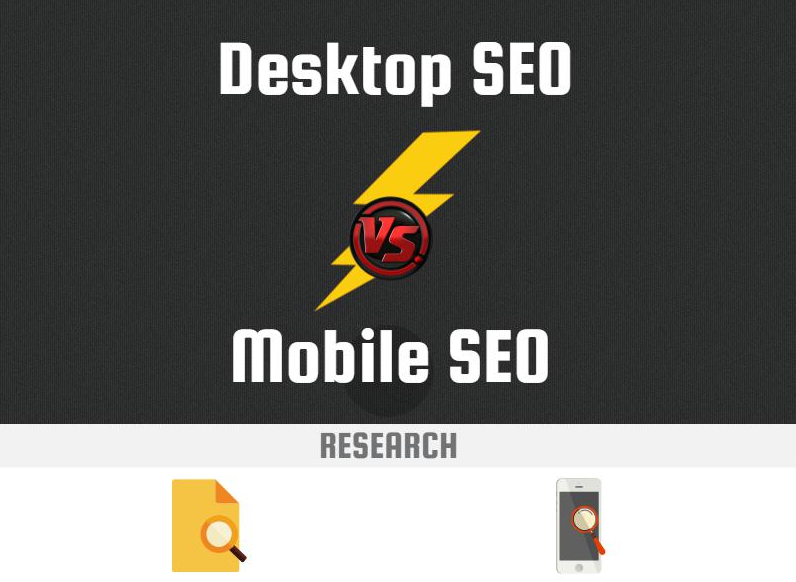The season has a huge impact on consumer spending. An ad campaign that attracts buyers during the holidays may fall flat in the summer months. Staying on top of what people want during different holidays and events can increase digital engagement and ensure the company has enough inventory to meet demand.
Business owners should adjust ad spend, audience targeting and creative content to align with seasonal opportunities and challenges. The idea is to maximize return on investment (ROI) while retaining current customers and finding new ones. Planning for different occasions requires knowing when to come up with campaigns that might not release for months.
New Year and New Me Period
As people come out of the gift-giving season, they often set new goals to become healthier, get spending under control and learn new skills. In a Statista report of Americans' resolutions for 2024, around 50% said it was to exercise more. Eating healthier came in at 47% and losing weight at 35%.
As a new year begins, consumers become more interested in health and personal development services. They will engage more with any advertising discussing resolutions or setting goals. Some strategies marketers should shift to in January include:
- Increase spending if running a health or wellness brand and lower it if not.
- Change the target audience to people searching for keywords such as "resolutions" or "goals."
- Shift content to success stories, tips and motivation.
Industries most impacted by the shift to January include gyms, weight loss centers, health products and meal prep plans. Prep ad campaigns for January before Christmas ends and be ready to start with them on December 26th.
Love Conquers All
The next holiday period is Valentine’s Day. The winter months are also a good time to track finances better and get new processes in place to ensure smart ROI. People start looking to this holiday around the first part of February and buy items through February 14th each year.
Unless the business sells a product that people are likely to give their romantic interest, it may want to reduce ad spending during this time and plan for the next time its items or services will be of interest. Some things to consider during February:
- If selling a relevant product — such as flowers, candy or jewelry — increase ad spending in late January through early February.
- The target audience shifts to people in relationships and searching for keywords involving gift ideas.
- Create content centered around romance and gift-giving guides and offer sales to draw new clients.
Brands that should increase their spending for this holiday include flower shops, jewelers, restaurants and candy makers.
Spring Arrives
As spring arrives across the country, marketers must consider what products people seek during rainy and warmer weather. For an enterprise that sells umbrellas, rain coats or garden prep materials, this may be the busiest season.
March through April also signals spring break for most schools. People are more likely to spend money on travel, staycations and various family activities to keep the kids enthused. Consumers also do some spring cleaning during this time of the year. Some things to keep in mind:
- Consumers engage with content and material related to travel savings and what to do at various tourist destinations.
- Travel or cleaning-related companies should increase ad spend throughout March and April.
- The target audience becomes families and college students or homeowners.
- Content should shift to various deals, to-do lists and travel advice.
Companies that should ramp up marketing spend during the spring include both travel and cleaning. Consider the finer details, such as people cleaning electronic screens and televisions who might need step-by-step instructions on how to clean electronics without damaging them. How-to guides for home maintenance can also be a popular topic in the spring.
Summer Fun
Summer offers a number of opportunities for businesses such as theme parks, local pools, state and federal parks and products to keep children entertained. For example, a company offering pool installation may ramp up ads in the summer. Increasing ad spending gets the message in front of consumers wanting something for their children over the summer.
Here are some rules of thumb to get brands through the summer advertising season:
- Pool installers should advertise in the spring to get people on the schedule and pools installed in time to enjoy the warm weather.
- Increase ad spending at the beginning of summer if the company sells pool products, floaties, services or anything else related to summer activities.
- Decrease advertising if the product does better in another season and use the extra funds and time to prep for the next viable season.
Summer is one of the busiest seasons for local activities for kids and water-related offerings.
Back-to-School Season
In many areas, children go back to school in late July or early August, which can overlap a bit with summer advertising. Yet, back-to-school is an excellent time to market clothing, office supplies, and services such as haircuts, dental treatments and medical needs.
In late July and lasting through late August, consumers look for discounts and promotions on school supplies, clothing and electronic gadgets. Marketers should note the following:
- Increase ad spending in July through August if the brand sells related products.
- The target audience becomes educators and parents.
- Create content about preparing for back to school, what items make a difference, and how students and parents can adjust to new schedules.
Office supply stores, clothing retailers and online big box stores should increase spending and create campaigns about a successful school year.
Fall and Halloween
People who loathe the heat of summer will already be looking forward to cooler fall weather and holidays like Labor Day and Halloween. Businesses that can get the most traction in the fall include clothing stores, home decor suppliers and candy makers.
As October approaches, people spend money on decorations, treats and costumes. They’re more receptive to spooky themes and party ideas. Advertisers should:
- Increase spending if they sell Halloween or fall products.
- Start advertising in late September through October.
- Reframe the target audience to families and people who love Halloween.
- Focus on visuals with pumpkins, goblins and ghouls.
- Offer promotions on costumes, decor and treats.
Enterprises that sell boots, scarves, lightweight jackets, candy, Halloween home decor and party supplies should ramp up marketing at the end of September.
Black Friday and Holidays
Black Friday is one of the busiest shopping seasons for consumers. People spent $929.5 billion in 2023 from Black Friday through Christmas Day. Brick-and-mortar and online retailers should carefully plan their holiday campaigns months in advance and throw more dollars at advertising than at other times of the year.
Consumers become more engaged and festive, commenting on holiday-themed posts and looking for sales to give them value. Advertisers should:
- Ramp up their budgets as much as possible for the highest ROI of the year.
- Change the target audience to people looking for specific gifts or ideas for giving.
- Understand shoppers want a bargain.
- Reach out to past buyers and visitors with special offers during this time.
- Create content with Christmas countdowns, interesting ideas for embracing the holiday spirit and special offers for Black Friday.
Businesses in the retail sphere should focus on the holidays more than any other period throughout the year. ROI increases as more people shop and see the message.
Why Do Seasons Matter With Ad Performance?
Different industries sell more during various seasons. Understanding what consumers look for during each time frame can help marketers know when to spend the most money on ad campaigns and how to reach their target audiences better.
By leveraging knowledge of consumer behavior during different times of the year, marketers can increase ad performance and get a better ROI. They should adjust campaign elements on the fly if they aren't working and seek maximum impact from minimal spend.
Related Posts
Devin Partida writes about topics concerning tech and the internet. She is also the Editor-in-Chief of ReHack.com.







